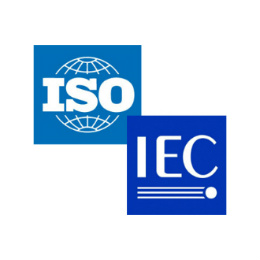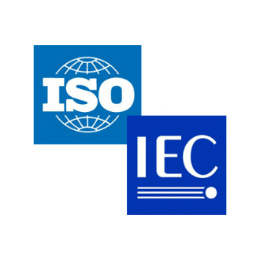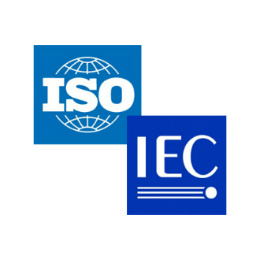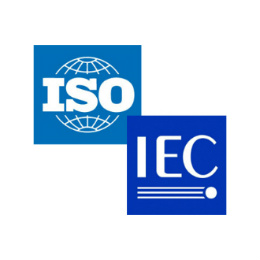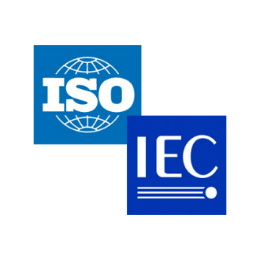The NVM Programming Model was developed to address the ongoing proliferation of new non-volatile memory (NVM) functionality and new NVM technologies. An extensible NVM Programming Model is necessary to enable an industry wide community of NVM producers and consumers to move forward together through a number of significant storage and memory system architecture changes.
This specification defines recommended behavior between various user space and operating system (OS) kernel components supporting NVM. This specification does not describe a specific API. Instead, the intent is to enable common NVM behavior to be exposed by multiple operating system specific interfaces.
After establishing context, the specification describes several operational modes of NVM access. Each mode is described in terms of use cases, actions and attributes that inform user and kernel space components of functionality that is provided by a given compliant implementation.
NPM v1.2
https://www.snia.org/sites/default/files/technical_work/final/NVMProgrammingModel_v1.2.pdf
